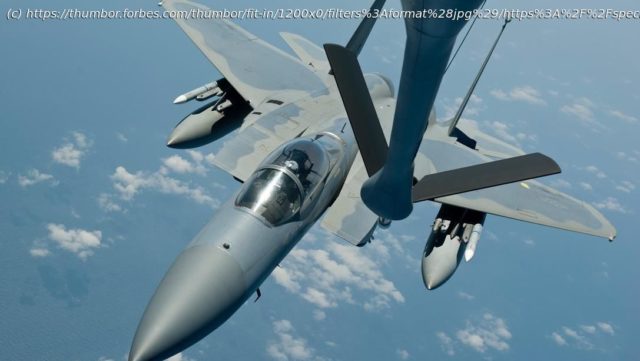If China invades Taiwan, it must win quickly—or risk losing.
If China invades Taiwan, it must win quickly—or risk losing.
If the invasion drags out more than a few days, U. S. forces could intervene. And if that happens, the Chinese military could find itself at a major disadvantage.
For one simple reason. The U. S. Air Force and Navy have tankers and catapults. The Chinese air force and navy don’t.
Aerial-refueling tankers help to extend the range of American fighters, while catapults allow carrier-launched U. S. fighters to take off with full loads of weapons and fuel.
Conversely, a lack of tankers and catapults means China’s own warplanes can fly only so far and fight only so long with only so many weapons.
Beijing is making efforts to remedy these shortfalls. But the efforts are piecemeal.
A Chinese invasion of Taiwan likely would target accessible beaches on the islan country’s southwestern plain.
The first major obstacle for the Chinese is Taiwan’s garrison on the island of Penghu, halfway between China and Taiwan in the Taiwan Strait. If a Chinese fleet goes around Penghu, the Taiwanese troops could lob missiles at the fleet’s flank.
If Beijing commits to seizing Penghu before striking Taiwan’s main island, the fight for Penghu could delay the overall invasion long enough for the U. S. Air Force to reinforce and spin up its air wing at Kadena on Japan’s southernmost prefecture Okinawa. Meanwhile two or three U. S. Navy aircraft carriers, sailing from Japan and San Diego, could steam into the China Seas.
American reinforcements could alter the rhythm of the battle. Chinese forces might find themselves on the defensive. And Chinese fighters—flying from land bases along China’s coast as well as from the People’s Liberation Army Navy’s two ski-jump aircraft carriers—would suffer range and endurance constraints compared to their American rivals.
Home
United States
USA — Events The Americans Can Send Hundreds Of Aerial Tankers Into A War Over...






